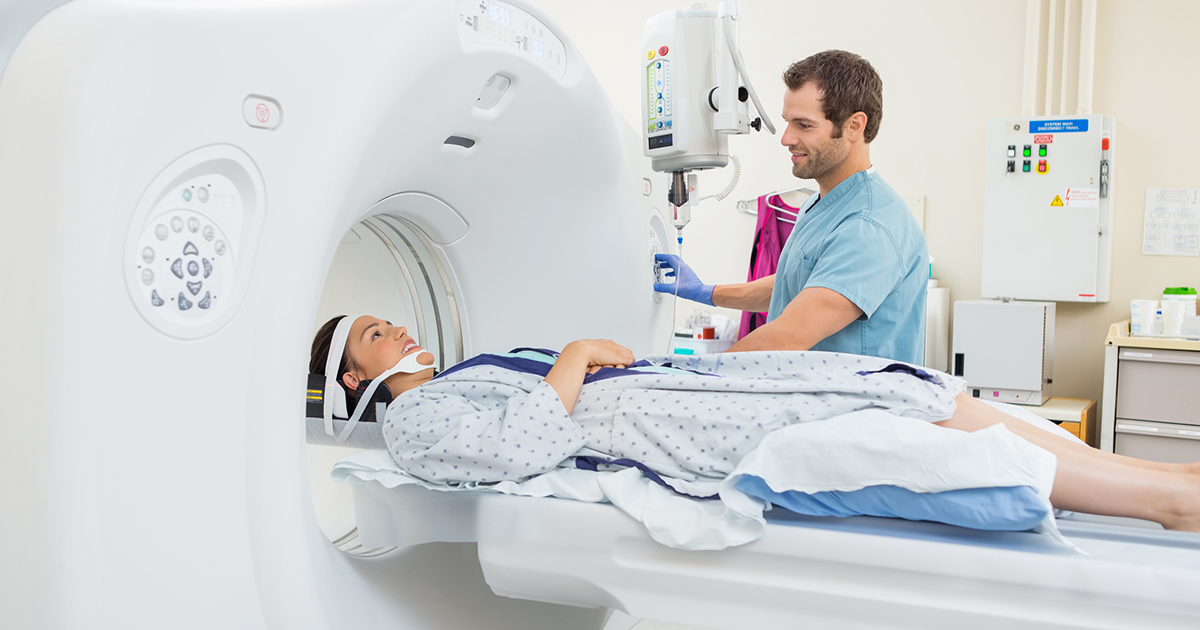Symptoms Of Situs Inversis
Anatomy courses teach that certain organs are on specific sides, but for one in ten thousand individuals the position of visceral organs is reversed or mirrored. This condition is known as situs inversus. Most individuals with situs inversus have little to no complications or medical symptoms resulting from the condition, and it often goes undiagnosed. Because the mirroring is complete, the way the organs work together goes unchanged and things work the way they normally would. It is helpful for individuals with situs inversus to wear a medical identification tag if they are aware of the condition to alert emergency medical personnel so they can act accordingly, listening for a heartbeat on the correct side. Some symptoms do exist to recognize this condition. Get to know what these are now.
Can Be Asymptomatic

As previously stated, the organs all work in their normal relationships with complete situs inversus, meaning symptoms are few or entirely non-existent. Some patients with this condition experience a buildup of mucus in the lungs, which can result in sinusitis and bronchitis. This, however, is hardly uncommon, and so does not serve as a clear indicator of mirrored organs in the chest and abdomen. Generally, it is discovered when the organs are examined for some other reason, using means such as X-rays, magnetic resonance imaging (MRIs), computed tomography (CT) scans, and ultrasonography. It can also be found when a doctor seeks to listen to a patient's heartbeat. This is generally loudest on the left side, at the lowest point of the heart, but for someone with situs inversus, the heartbeat is loudest on the right. Given this condition can be asymptomatic, this is the easiest way to discover it.
Learn about additional warning signs of situs inversus by reading more now.